The current government shutdown in the United States has officially become the longest shutdown in American history. When a system stays frozen for this long (currently 37 days), the ripple effects go far beyond political institutions or bureaucracy. It can create a perfect storm for scams and impersonation fraud to absolutely explode.
The shutdown has slowed or stopped services across all federal agencies. Programs are delayed, communication with government bodies is inconsistent, and oversight is reduced dramatically. People are left guessing about what is open, what is closed and what is simply backed up. Scammers study that confusion closely and build their scripts to match it.

Here’s what we are seeing:
A Surge in Government Employee Impersonations
In recent weeks, we have seen a sharp rise in scammers impersonating federal employees. Reports to the Better Business Bureau show a spike in complaints about people pretending to be federal officials who promise grants or warn against losing benefits. In October, more than 211 complaints regarding government-related impersonation were recorded, compared to 151 in September and 133 in August. One person even got a call claiming their free government grant of $22,000 was at risk unless they paid a $500 fee. In an environment like this, that pitch no longer sounds unrealistic. It sounds 100% possible.
Confusion has Created a Target-Rich Environment for Scammers
With delays in programs like SNAP (food stamps) and other benefit services, people are anxious and afraid of losing access. Scammers understand the general sentiment well. Their pitch is simple: act now or you will lose coverage. When the real government agencies cannot respond quickly, the fraudulent message feels more realistic.
Weakened Oversight
National scam watchdogs like the Federal Trade Commission (FTC), Financial Crimes Enforcement Network (FinCEN), U.S. Postal Inspection Service, and the IRS Criminal Investigation agency have paused many protection functions during the shutdown. When these enforcement agencies are offline or understaffed, scammers and fraudsters become bolder. They face less risk of fast detection or preventive action.
Staying Ahead of the Scam Surge
If you work in fraud prevention, AML, or risk management at a financial institution, there are a few things that should be top of mind so you can stay ahead of this influx in scams during the shutdown:
- Expect new scam scripts and MOs. Scammers move fast and adjust their stories to match the shutdown. Expect new variations built around frozen benefits, emergency grants or fiscal emergency programs.
- Security responsiveness will rise. People are more likely to react to urgent security messages, especially if they reference government assistance. Monitor for spikes in outreach tied to fake relief programs.
- Security awareness is your best tool. A simple reminder that real government agencies do not call or email asking for payments can stop a large share of scams, along with periodic security communications to customers.
- Keep an eye on vulnerable groups. Federal workers, contractors and benefit recipients are under financial pressure. They are easier to scam and more likely to be manipulated into acting as mules. Tailored and secure customer outreach can prevent both.
- Strengthen internal controls. When regulators are not fully operational, your own controls need to carry more weight. Treat any government-related transaction style as higher risk until verified.
Beyond the Shutdown
When the shutdown ends, the scams created during it will not disappear. Scammers never let go of a story that works. They save it and reuse it during the next moment of instability. By recognizing the pattern now, we can close the gaps before the next wave arrives.
In addition, weakened oversight during the shutdown has created a perfect storm for scams and impersonation fraud. In situations like this, when official information is limited or inconsistent, banks and financial institutions need to step up. This means taking a more proactive approach to fraud and scam prevention, providing customers with reliable information, and using tailored, secure digital outreach tools to communicate in real time. The goal is not just to issue warnings, but also to gather valuable insights and keep customers protected during this period of uncertainty.







